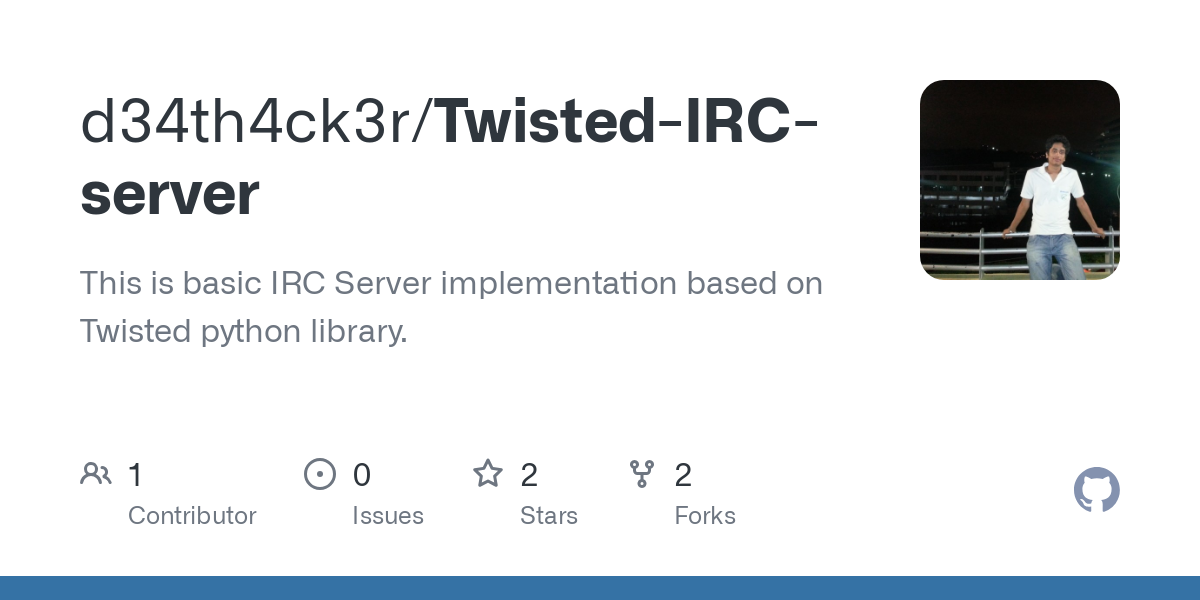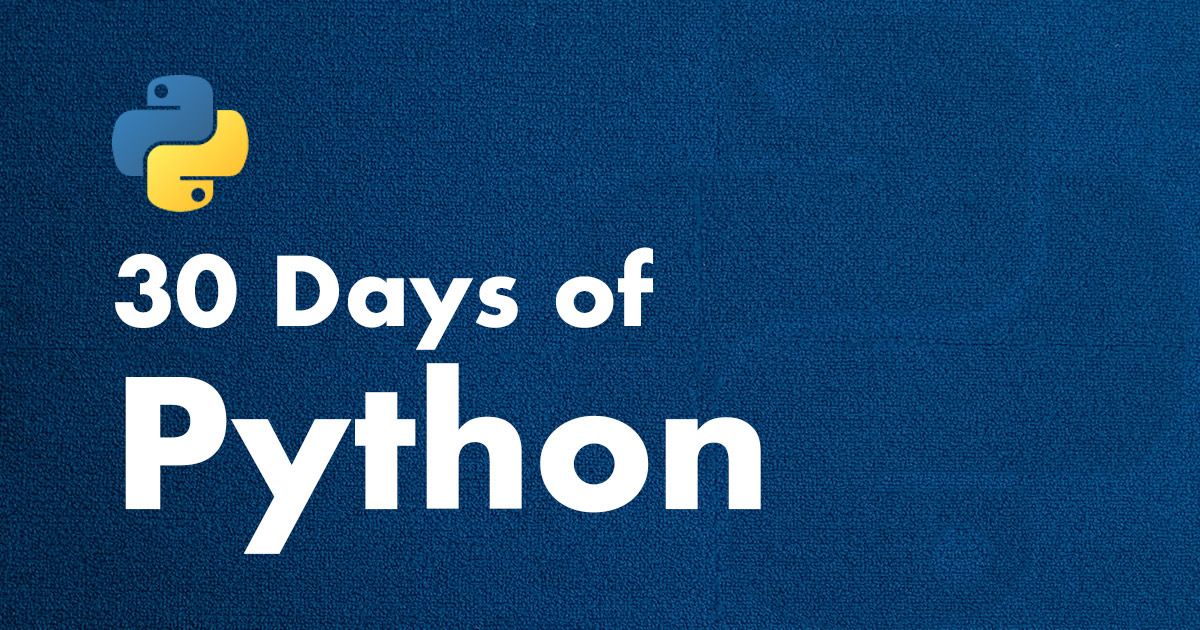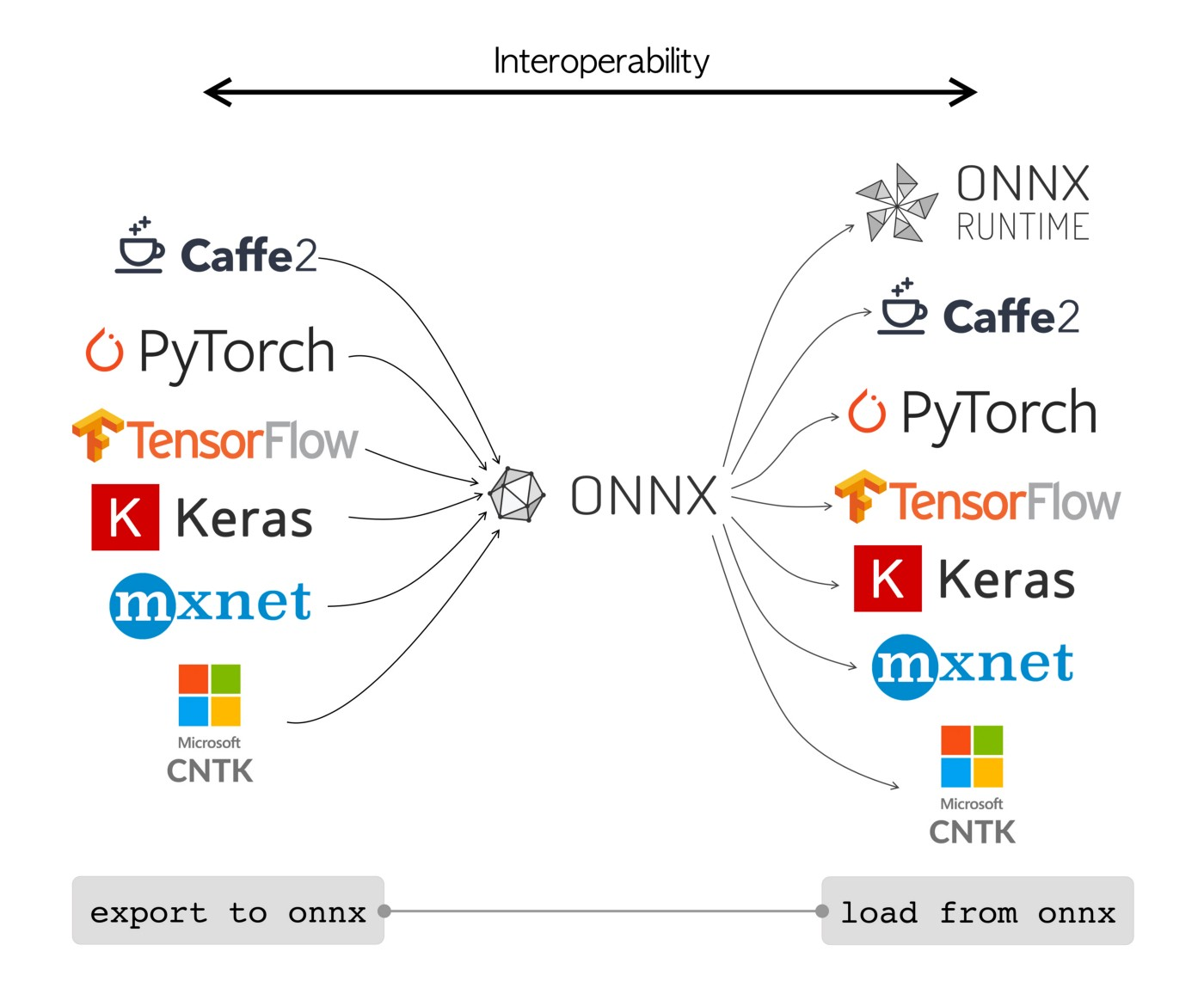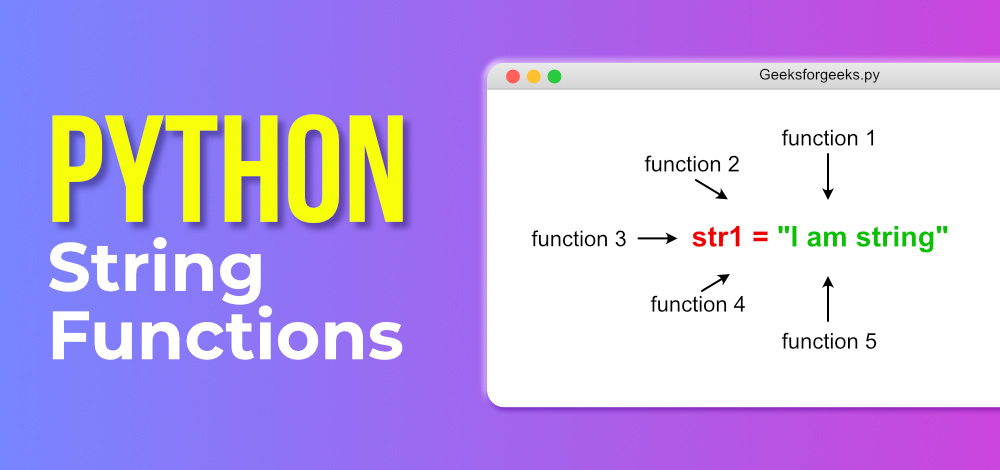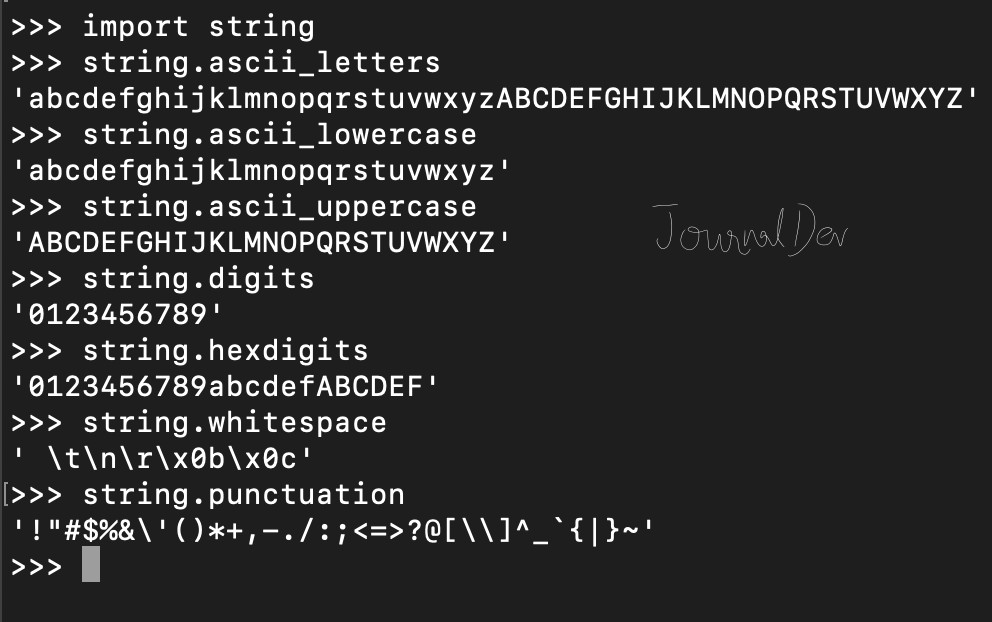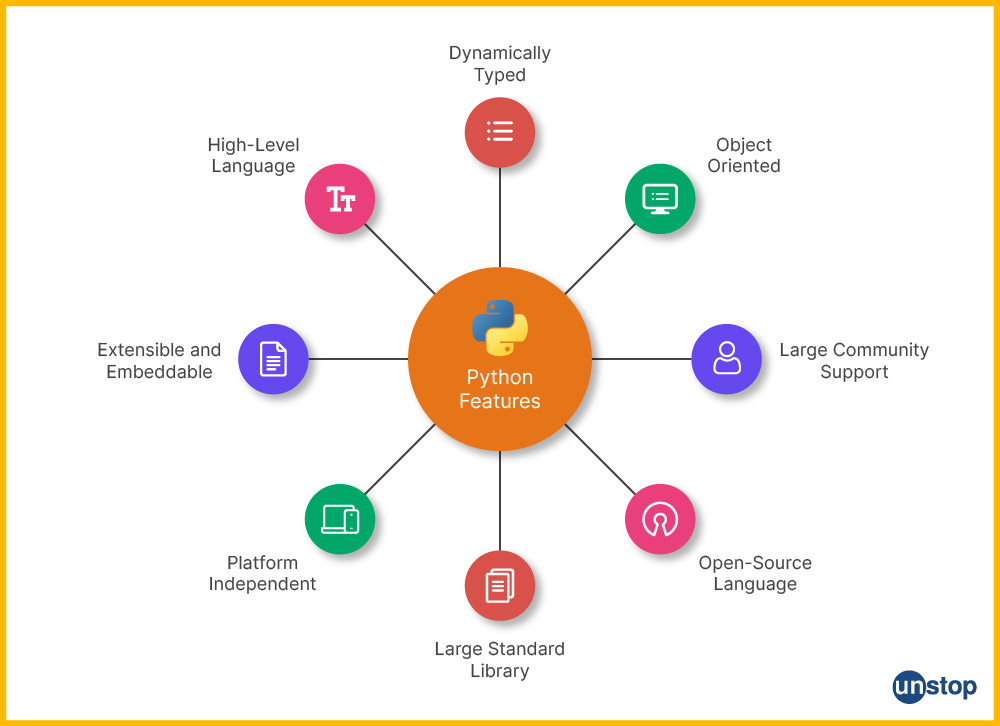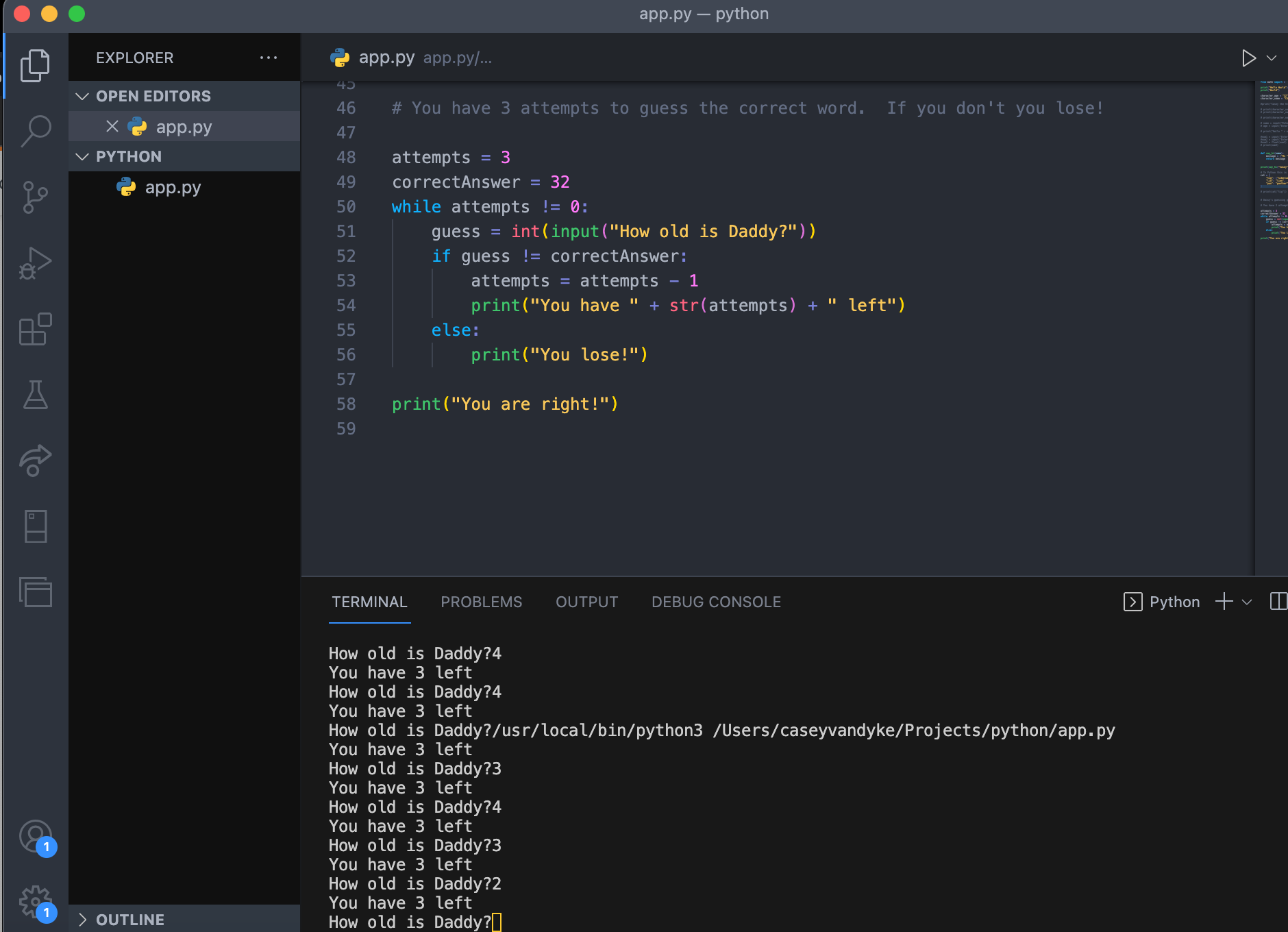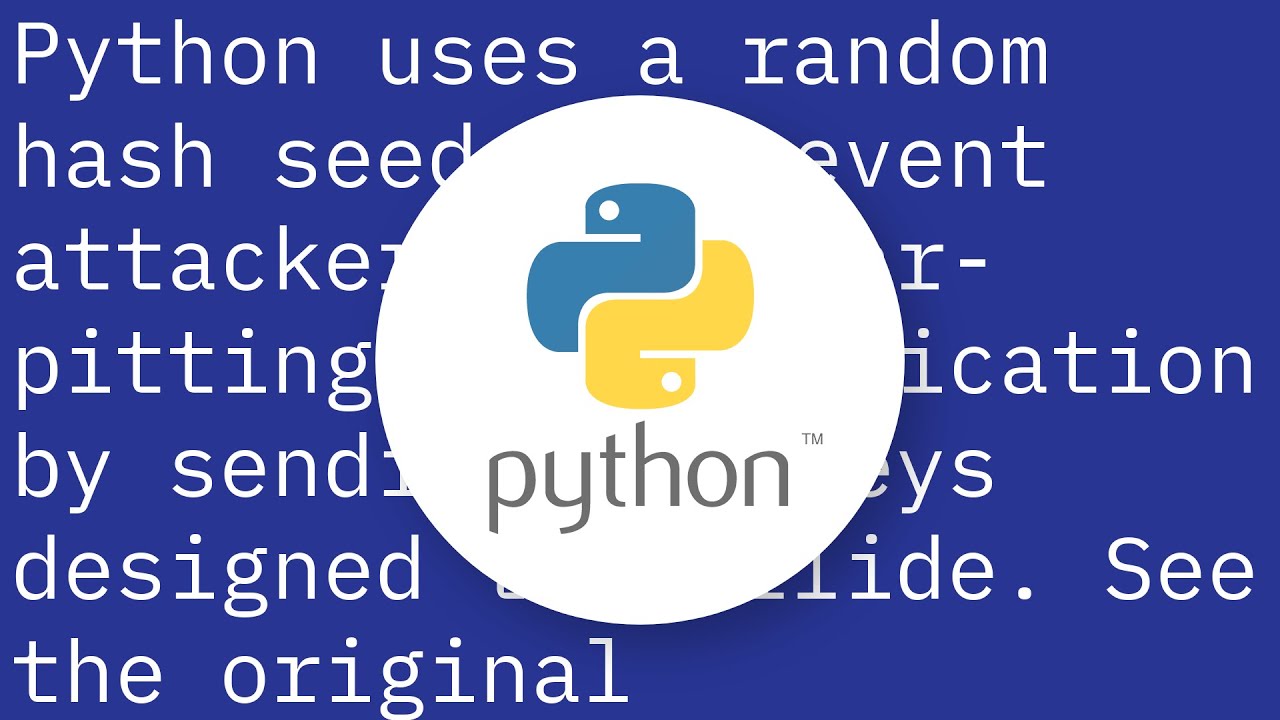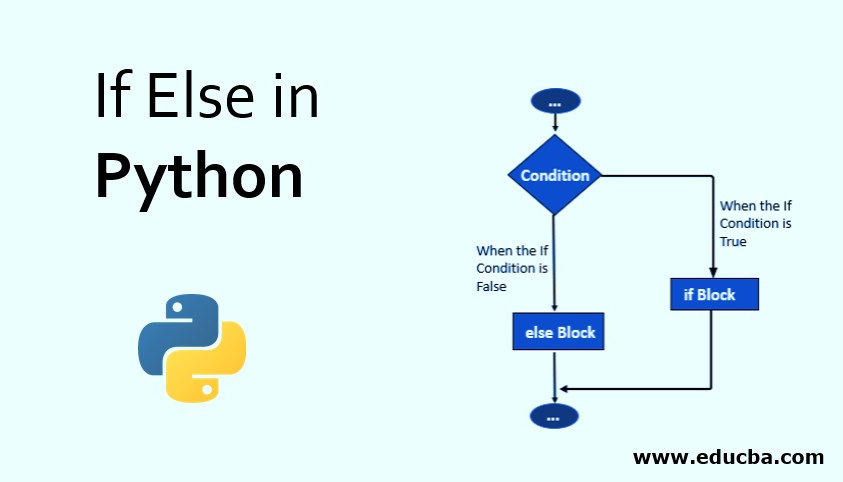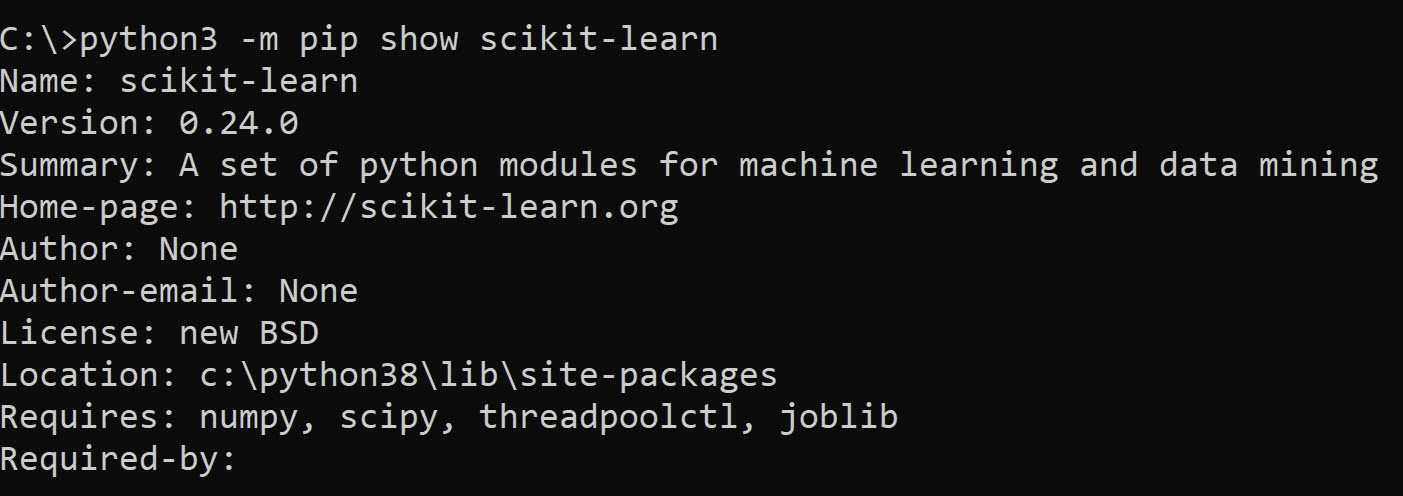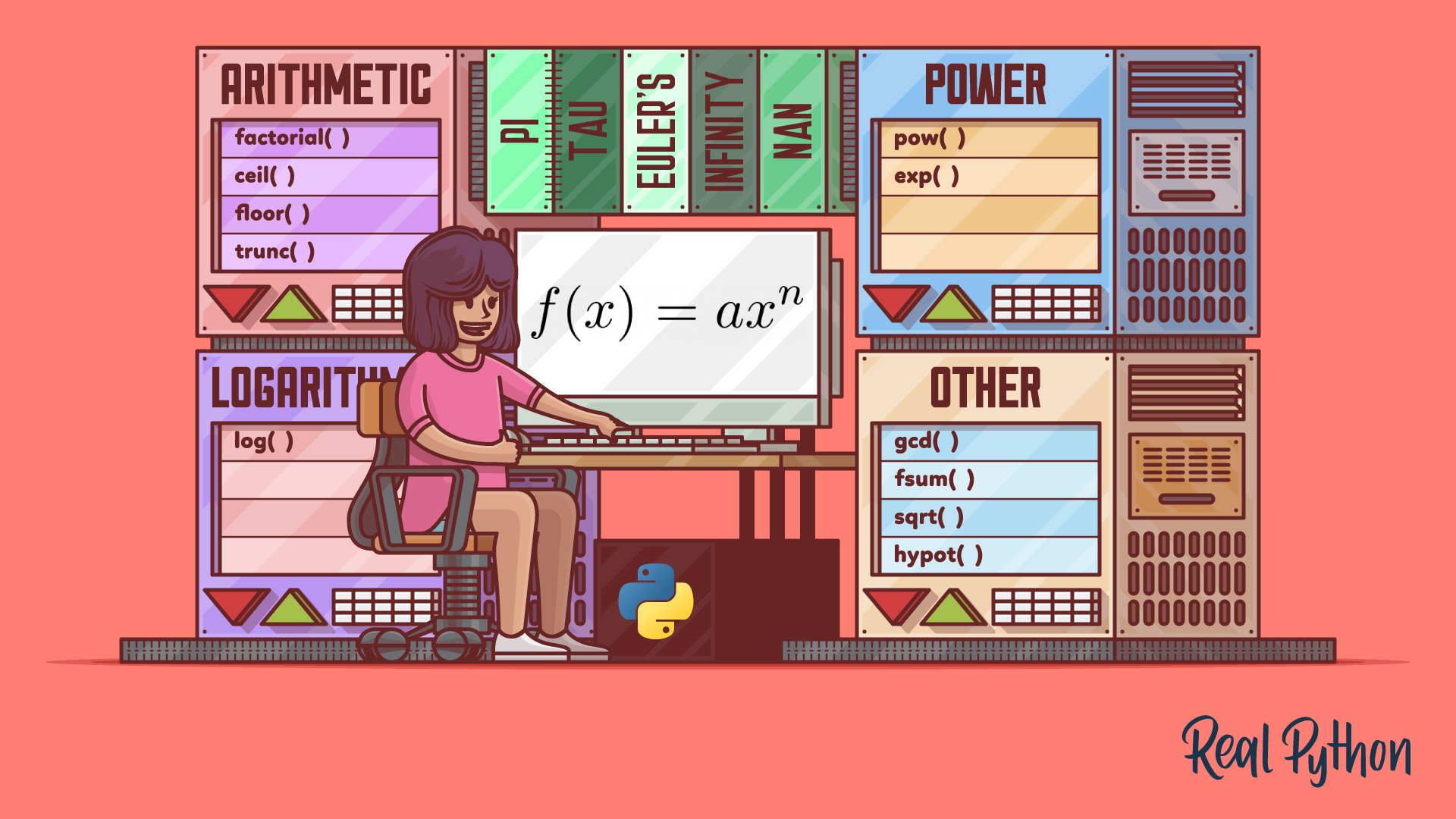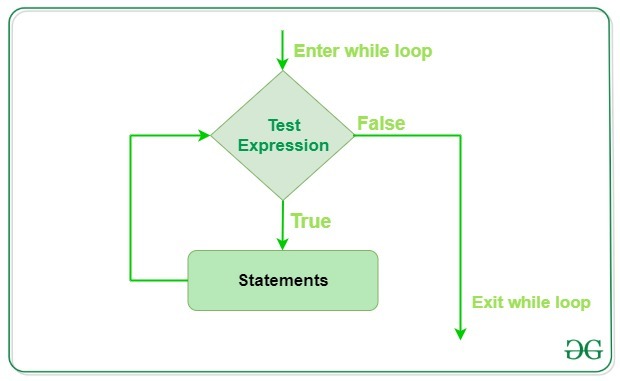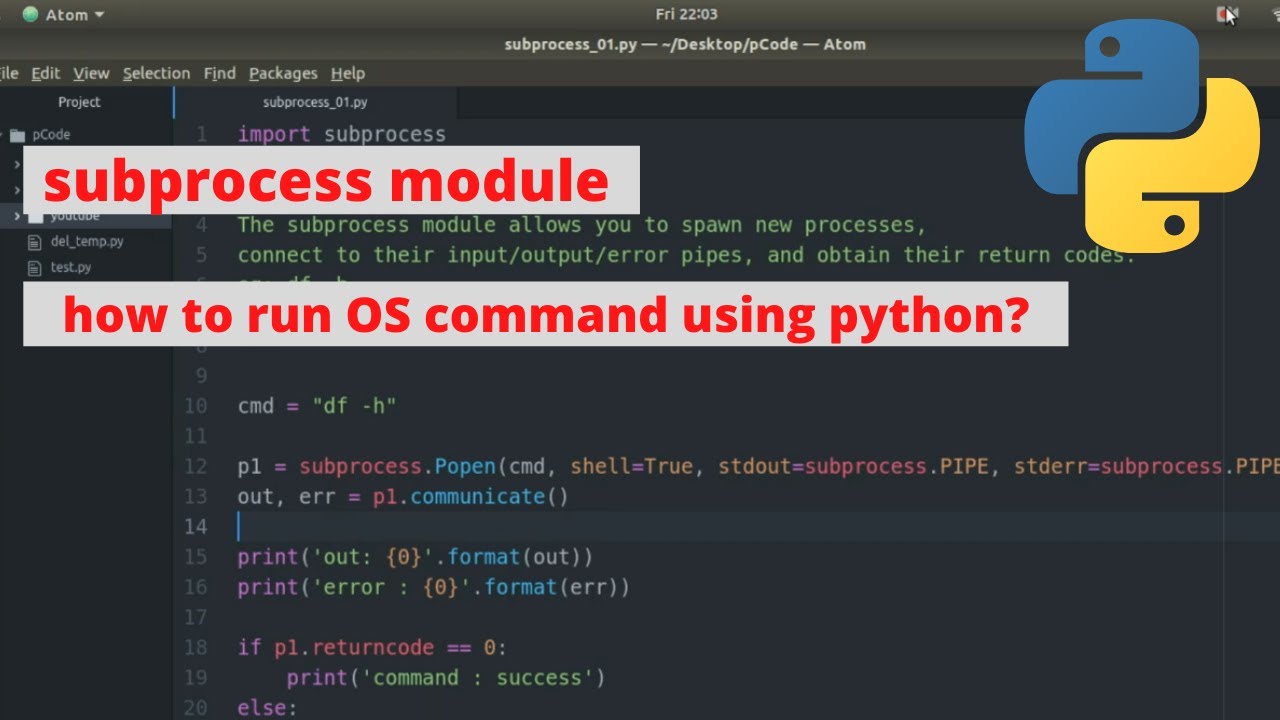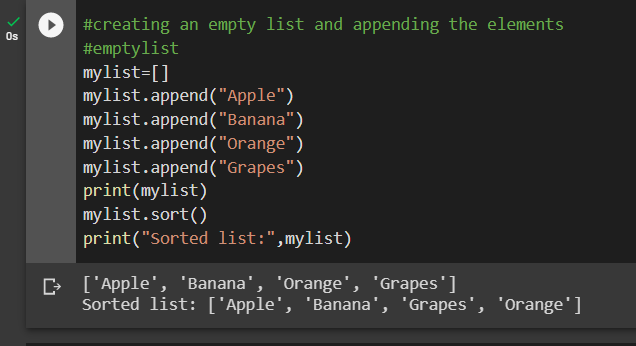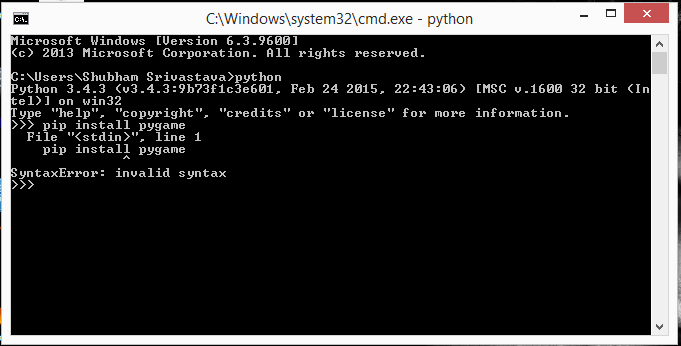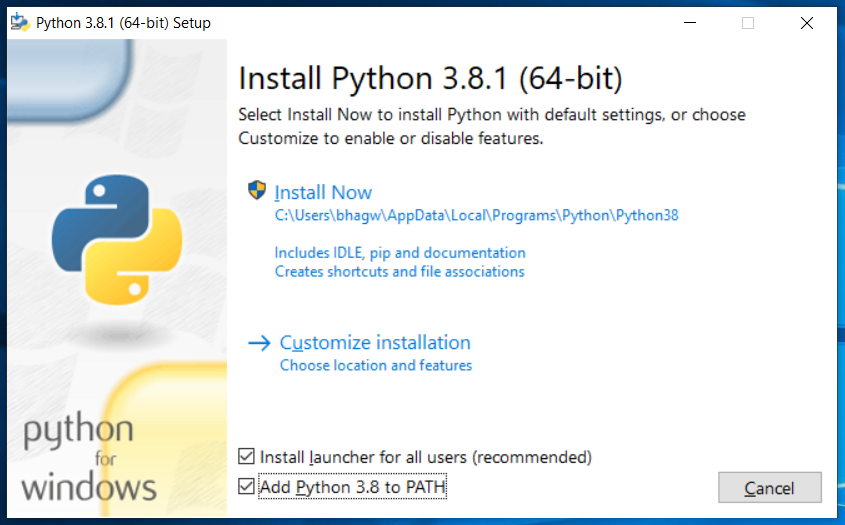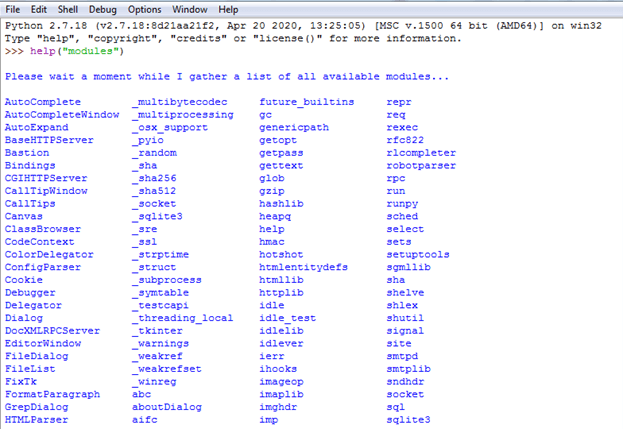How to call a function in Python with arguments
How to call a function in Python with arguments

I'll make sure to respond in English-only this time.
In Python, you can call a function by using the function name followed by parentheses containing the arguments. Here's the basic syntax:
function_name(arg1, arg2, ..., argN)
Where function_name is the name of the function, and arg1, arg2, ..., argN are the arguments passed to the function.
Let's take an example:
Suppose we have a simple Python function that takes two integer arguments and returns their sum:
def add(x, y):return x + y
To call this function with the arguments 3 and 5, you would do:
result = add(3, 5)
This would pass the values 3 and 5 as arguments to the add function. The function would then execute, adding these numbers together and returning the result.
The returned value is assigned to the variable result, which now holds the value 8 (the sum of 3 and 5).
You can also pass keyword arguments using the **kwargs syntax:
def greet(name, message):print(f"{name}, {message}!")
To call this function with the name "John" and the message "Hello", you would do:
greet(name="John", message="Hello")
This would pass the keyword arguments name="John" and message="Hello" to the greet function.
Another important aspect of Python functions is the concept of variable-length argument lists. This allows a function to accept a varying number of arguments, which can be accessed within the function using the *args syntax:
def average(*numbers):return sum(numbers) / len(numbers)
To call this function with the numbers 1, 2, and 3, you would do:
result = average(1, 2, 3)
This would pass a variable-length argument list numbers=(1, 2, 3) to the average function.
Python's flexibility in handling arguments makes it an attractive choice for many applications. With this basic understanding of how to call Python functions with arguments, you can start exploring more advanced topics like lambda functions, generator expressions, and higher-order functions!
Types of functions in Python
I'm happy to respond in English!
Python is a versatile programming language that offers various types of functions to facilitate coding tasks. Functions are reusable blocks of code that can be called multiple times with different inputs to produce the desired output. Here, we'll explore the main types of functions in Python:
Built-in Functions: These are pre-defined functions provided by the Python interpreter, such asprint(), len(), abs(), and more. Built-in functions can be used directly without defining them. User-Defined Functions (UDFs): Also known as custom or manual functions, these are defined by the programmer using the def keyword. UDFs allow you to create your own reusable code blocks with specific inputs and outputs. Higher-Order Functions: These are functions that take other functions as arguments or return functions as output. Examples include map(), filter(), reduce(), and lambda functions. Closure Functions: These are UDFs that have access to their own scope (local variables) and the global scope. Closures allow you to create self-contained functions with a specific context.
Functionality:
Functions in Python can perform various tasks, such as:
Calculation: Perform arithmetic operations, conversions, or calculations. Input/Output: Interact with users, files, databases, or networks. Control Flow: Implement decision-making logic usingif, for, and while statements. Data Manipulation: Process lists, dictionaries, sets, or other data structures.
Benefits of Functions:
Functions offer several advantages:
Modularity: Break down large programs into smaller, manageable pieces. Reusability: Use the same function in multiple parts of your program without rewriting code. Readability: Improve code readability by using descriptive function names and comments. Efficiency: Reduce repetition and improve performance by executing the same logic in different contexts.Best Practices:
When defining functions, keep these best practices in mind:
Use meaningful and descriptive function names. Document your functions with docstrings (a string containing a description of the function's purpose). Test your functions thoroughly to ensure they work correctly. Keep your functions concise and avoid complex logic.In conclusion, Python offers various types of functions that can be used to perform specific tasks or operations. By mastering these fundamental concepts, you'll become more proficient in writing efficient, readable, and maintainable code.
